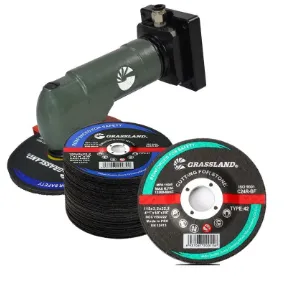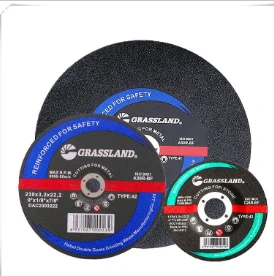

Silicon Carbide Cut-Off Wheels are particularly useful for cutting non-ferrous metals such as aluminum and copper. Known for their hardness and sharpness, they provide efficient cutting power and are less prone to loading, which is essential when working with softer metals. The application of cut-off wheels also impacts their efficiency. For instance, a higher speed cut-off wheel, when used at speeds exceeding its rating, can risk tool failure or even injury. Therefore, understanding the maximum speed limit and using equipment that matches this specification is crucial. Safety considerations should never be overlooked when using cut-off wheels. It is vital to inspect them before use for any signs of damage or wear and ensure that the wheel is properly mounted on the tool. Wearing appropriate personal protective equipment, such as safety glasses and gloves, further enhances safety by protecting against flying debris and sparks. Choosing the right type of cut-off wheel requires understanding the material being cut, the specific needs of the application, and the tools available. By aligning these factors, professionals can optimize performance, extend the wheel’s lifespan, and maintain a safe working environment. The right wheel not only improves efficiency but also contributes significantly to the quality and precision of the work executed. Therefore, investing in the appropriate type of cut-off wheel is a strategic decision that pays dividends in terms of performance and safety.
Post time:Jan - 11 - 2025

















